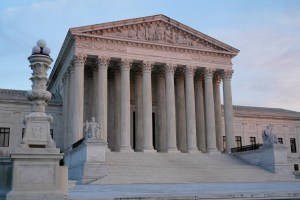(The Hill) — The U.S. added 263,000 jobs in September and the unemployment rate fell to 3.5 percent, according to data released Friday by the Labor Department.
The September employment report showed job growth continuing to slow from a torrid pace earlier in the year, but remaining strong as the economy powers through high inflation and rising interest rates.
The jobless rate also dropped by 0.2 percentage points and returned to pre-pandemic level in February 2020, which was the lowest unemployment rate in nearly 50 years.
Economists expected the U.S. to have added roughly 250,000 jobs last month and the unemployment rate to remain at 3.7 percent, according to consensus estimates. The decline in the jobless rate last month came as labor force participation fell slightly — a sign of ample demand for workers even amid recession fears.
The leisure and hospitality sector led all other industries in job gains in September, adding 83,000 new workers last month. Employment in health care rose by 60,000, returning to its pre-pandemic employment level, and the U.S. also added 46,000 jobs in employment and business services.
The construction and manufacturing sectors also added 19,000 jobs and 22,000 jobs respectively last month even amid rising interest intended to crater activity in those sectors.
The Federal Reserve has been rapidly raising interest rates to restrain the job market and fight inflation by making households poorer on net. The U.S. had added an average of 420,000 jobs each month in 2022 after gaining roughly 561,000 jobs each month last year, all while wage growth remained above 5 percent annually.
While job seekers found ample opportunities in September, wage growth continued to cool off and fall back toward pre-pandemic levels. Average hourly earnings rose 0.3 percent in September when adjusted for inflation and rose 5 percent over the past 12 months, down from an annual rate of 5.2 percent last month.
A slowdown in wage growth may be tough news for Americans seeking better pay amid rising consumer prices. Economists are hopeful that a decline in wage growth will help businesses bring prices down and take a bite out of inflation. But the slight slowdown in job and wage growth will likely keep the Fed on track to keep jacking up interest rates until the labor market shows serious signs of crumbling.







